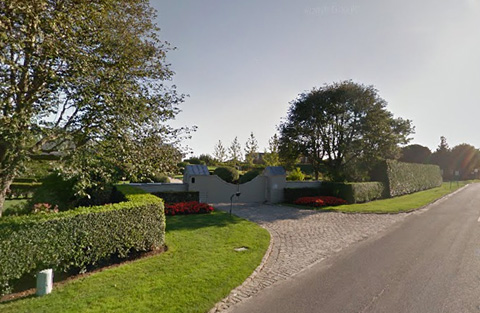An October 2018 New York State Supreme Court, Suffolk County decision setting aside a 2017 Southampton Village Architectural Review and Historic Preservation Board decision approving a nearly 15,000 square foot house on Gin Lane may have considerable impacts on property owners looking to make additions to or replace structures located in any of the East End’s designated historic districts.
Justice Joseph C. Pastoressa’s decision in Manger et al. v. Board of Architectural Review and Historic Review of the Village of Southampton found that the Board “did not apply the correct standard” in approving a certificate of appropriateness in October 2017 for a 14,561-square-foot home at 28 Gin Lane. The property was in Southampton Village’s Historic District, which requires a certificate of appropriateness prior to the issuance of a building permit.
The Board had granted a certificate of appropriateness and maintained that it could not turn down the proposed new house based solely on its size because the house fully complied with the Town’s zoning requirements. Neighbors challenged the Board’s decision in court, arguing that the Board had the ability to consider scale and size under the Village’s Historic and Landmark Preservation Code regardless of whether the house complied with the applicable zoning.
Justice Pastoressa’s decision confirmed that the Board could consider and had the authority to reduce the size of the house. He said the Board’s decision on the application should have given consideration to the Village’s Historic and Landmark Preservation Code, as well as its zoning code. The decision concluded that “there is no conflict [between the landmark preservation law and the zoning laws] as the historic district constitutes an additional regulatory requirement beyond the zoning laws that is applicable to all property owners within the district.” Therefore, Justice Pastoressa concluded that the Board “may consider the size or scale of the proposed dwelling as it relates to the property itself, surrounding properties and the neighborhood, and may reject an application if it finds that the scale of the construction is not compatible with the property or neighborhood.”
In light of this decision, brokers advising clients who are considering purchasing homes in historic districts should make sure their clients know that, even if the property has an approved building envelope that can accommodate a new addition or a larger house, historic preservation boards have the independent right to limit the size and scale of new construction if it will have an impact on or lack consistency with the character of other nearby historic properties.




